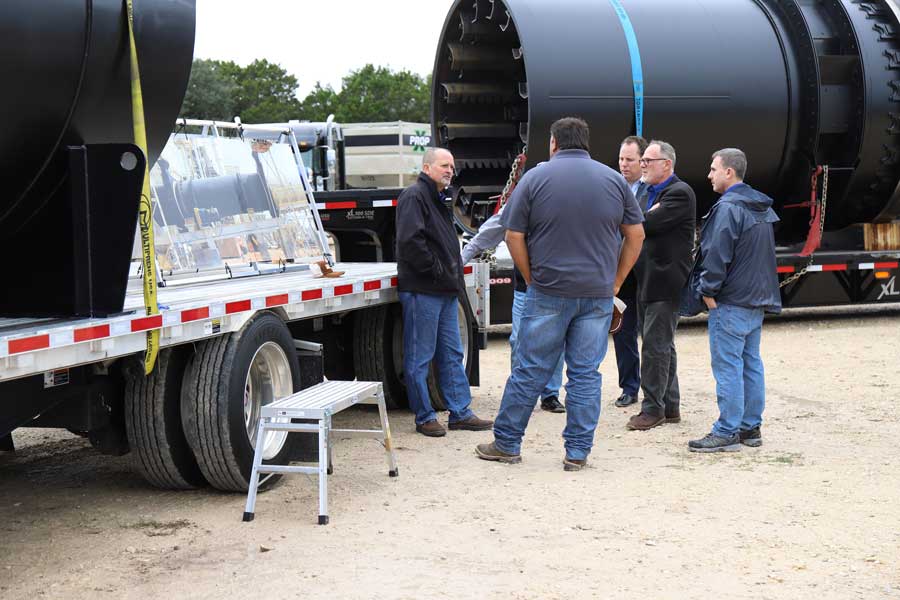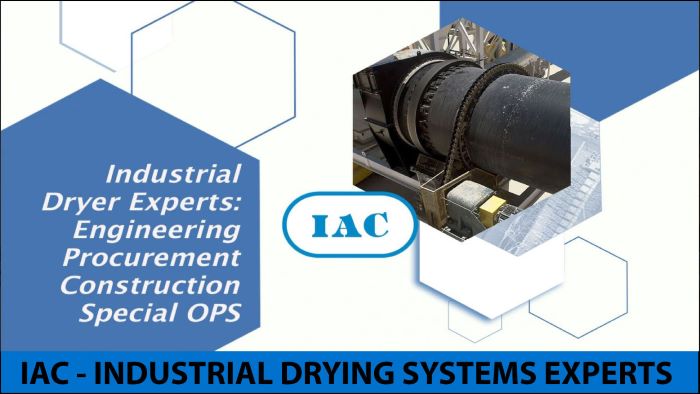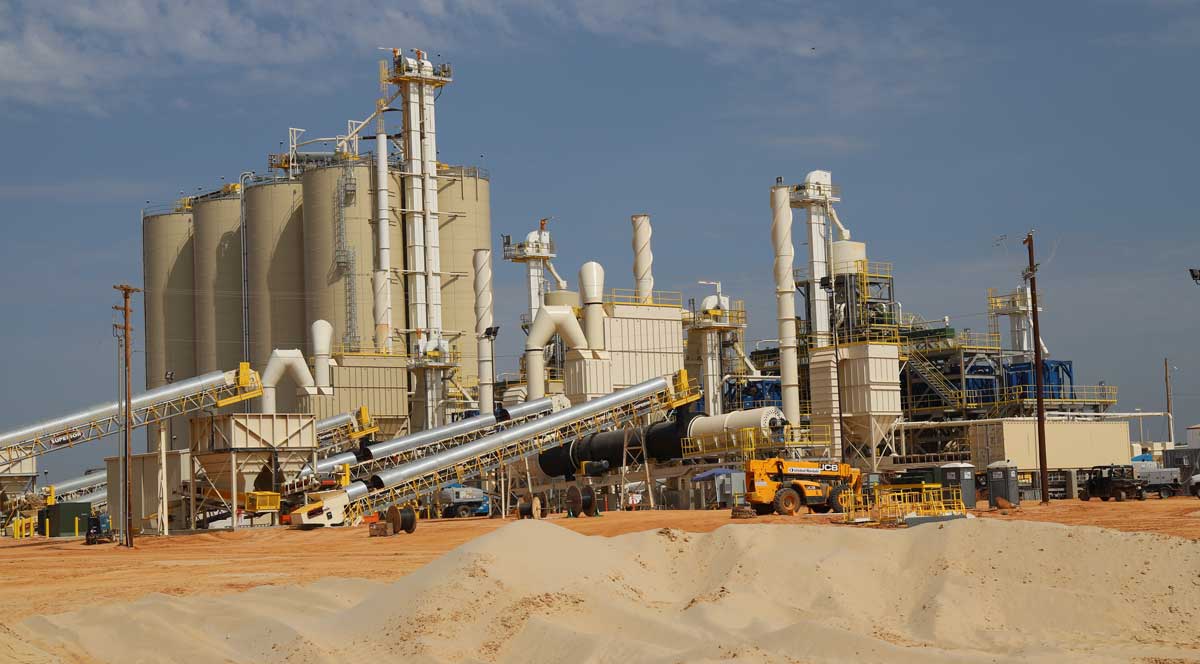The Next Generation of Frac Sand Plant Optimization

San Antonio, Texas, October 26, 2018: Industrial Accessories Company (IAC) has emerged as an industry leader in Frac Sand Plant Optimization. IAC has assembled a team of experts on dryer performance, dry plant controls, loadout methodology, dust control, respiratory silica mitigation, wet plant operation and EPC construction of Frac Sand Facilities. Immediately following the successful commissioning of another 3 Million ton per year dry plant and loadout facility in Oklahoma in mid-October, IAC president, Bob Carter, presented a new concept for Frac Sand Plant Optimization to a large audience at the Frac Sand Conference in San Antonio, TX.
Traditionally, management and owners of frac sand plants viewed optimization as achieving or exceeding the original design “name plate” capacity of a plant. They continually push the plants beyond the physical capability of the plant “control points” to reach a design name plate capacity. This has resulted in extended downtime, pre-mature equipment failure, employee frustration and poor financial results. The name plate capacity of any plant is only achieved when the original design conditions of the plant are maintained within a given period of time. As we all know the actual mine feed gradation usually doesn’t match the original design gradation, the moisture content of the dry plant feed can vary greatly from its design moisture content and the market demand for finished product can vary based on the well properties.
IAC introduced the concept of optimizing a plant performance at every point in time based on the various control points of a plant. A given plant may have multiple control points that become a limiting factor to the amount of feed that can be sustained. A good example used in the presentation was a demonstration of the impact on mine feed gradation to the optimal feed rate the wet plant can sustain. A plant that is designed to run at 250 TPH at a given feed gradation may be limited to 125 TPH with heavy clays, 205 TPH with excess fines or 180 TPH with heavy 40/70. Modeling the effect of each control point allows for the optimal sustained feed rate to be identified for a given area of the mine or mine blend ratio.
IAC introduced a multi-step process to achieve an understanding of the various control points and the impact or change each introduces to a sustained operation. The six steps are: 1) characterization of each type of optimization, 2) Operate the plant and gather data compared to original design, 3) Model impact of operational parameters like feed gradation on control points, 4) Develop Operational SOP’s around control point optimization, 5) Measure and Report results and progress at all levels of the organization, 6) Approve capital expenditures around advanced control, retrofit, design modifications, etc., targeted toward specific control point optimization.
IAC found that providing a turnkey solution requires more than just being an exceptional EPC contractor. The development of a special ops team within IAC provides design input to the engineering team, construction support, commissioning leadership and sustained operational support post go-live.
About IAC: Founded in 1986, Industrial Accessories Company is a fast-track, high-technology equipment design, fabrication and optimization consulting company. As an Engineering, Procurement and Construction (EPC) contract provider serving numerous industries, IAC has delivered countless systems for a wide variety of trusting and satisfied customers.
If you would like a copy of the slides presented at the conference, or to contract the Special OPS team to support your operations and optimize your plant for higher sustained production levels, contact us using the button below.



